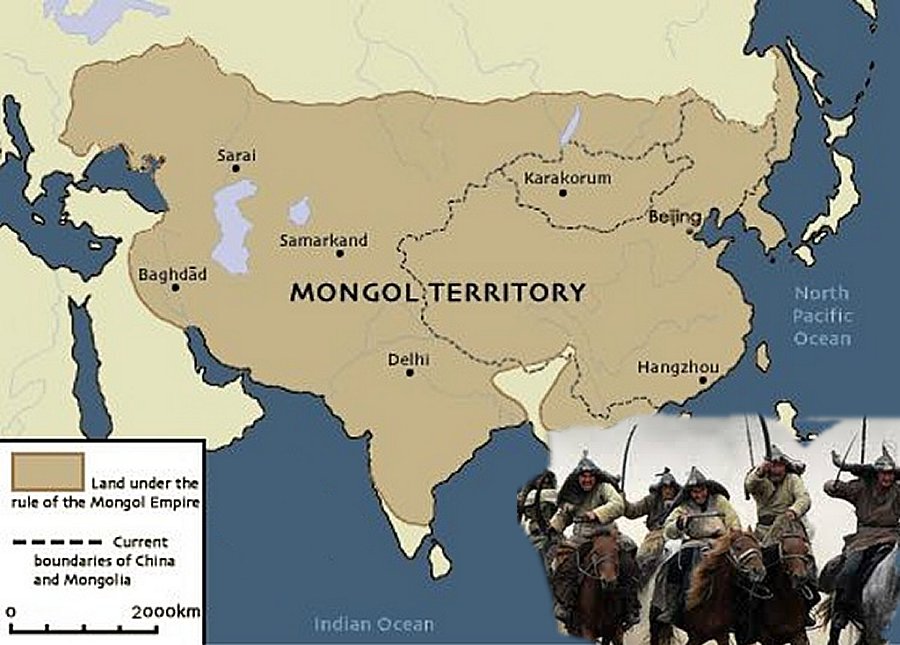AncientPages.com - After the Mongols conquered many lands and created their vast empire, there came a peaceful time called the Pax Mongolica, which is also known as ‘Mongol Peace’, a period of time, where stability, peace, development of culture and economic growth ruled in Mongolia.
The foundations of the Pax Mongolica lie in the Mongol Empire beginning with Genghis Khan in the early 13th century.

Pax Mongolica (Mongol Peace), was a period of time created by the Mongols which at least for a time facilitated commerce and communication.
During this time, Pax Mongolica helped to spread different ideas and a great cultural expansion around Europe and Asia. They also created networks of trade routes all around Asia and Europe. At the peak of their power the Mongols controlled what is now present day Hungary all the way to China.
Due to the enormous territory the Mongols occupied and the importance of trade they had to protect their trade routes by making them safe for all regions, they occupied.
See also:
Karakorum – Genghis Khan’s Headquarters And Important City In History Of Silk Road
In addition to establishing a world-wide trade system, the Mongols also developed the so-called ‘Yam’, a postal system, which enabled communication between the different and often very remote parts of the Mongolian empire. The 'Yam' system was a series of stations far part from each other where a messenger would travel from station to station and pass along his message.
The Pax Mongolica (also sometimes called as ‘Pax Tatarica’) greatly influenced many civilizations in Eurasia during the 13th and 14th centuries and helped to spread several technologies and inventions of worldwide importance such as shipbuilding techniques, the printing press, paper and the compass.
But one day, the Pax Mongolica ceased to exist. The fall and decline of it was caused by corruption, the bubonic plague outbreak and other factors.
Copyright © AncientPages.com All rights reserved. This material may not be published, broadcast, rewritten or redistributed in whole or part without the express written permission of AncientPages.com
Expand for referencesReferences:






